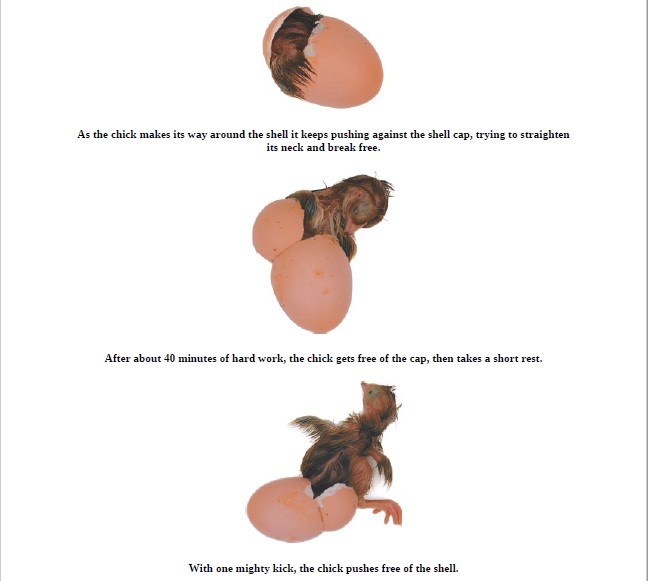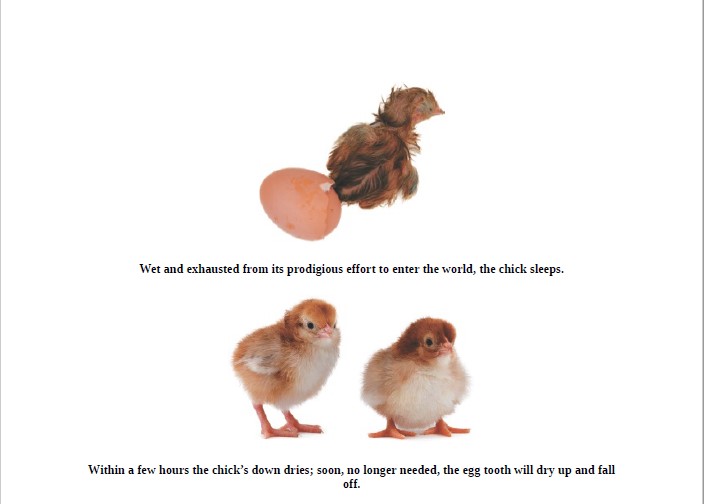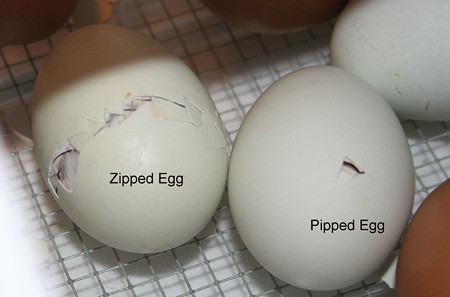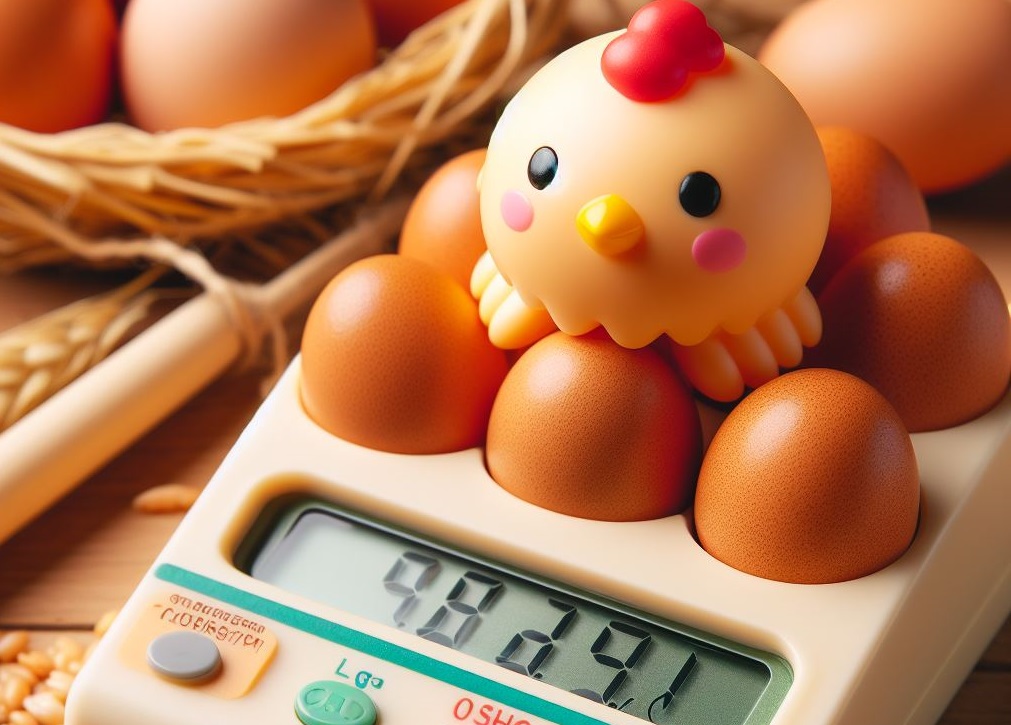Table of Contents
You might have heard of the term “egg pipping”. But what does it mean and why is it important? In this post, we will explain everything you need to know about egg pipping, from what it is, how to recognize it, and how to help your chicks hatch successfully.
What is egg pipping?
Egg pipping is the process of a chick breaking through the shell of its egg. Egg pipping occurs in two stages: Internal pipping and External Pipping. Internal pipping happens when the chick breaks through the inner membrane of the egg and reaches the air cell at the blunt end of the egg. This usually occurs about three days before hatching and is not visible from the outside. External pipping happens when the chick breaks through the outer shell of the egg and creates a visible hole. This often occurs about 24 hours before hatching and is a sign that the chick is ready to hatch soon.
How does a chick pip an egg?
A chick uses a special structure on its beak called an egg tooth to pip an egg. The egg tooth is a small, sharp projection that helps the chick cut through the shell and membrane. The egg tooth falls off a few days after hatching and is not needed anymore.
The chick also uses a special muscle at the back of its neck called the pipping muscle to pip an egg. The pipping muscle contracts and relaxes, causing the chick’s head to move up and down and rotate inside the egg. This helps the chick create a circular crack around the shell, which is called zipping.
Zipping is the final stage of hatching when the chick pushes its way out of the shell by kicking its legs and flapping its wings. Zipping can take anywhere from a few minutes to several hours, depending on the size and strength of the chick and the condition of the shell.



What can you do to help a pipping chick?
In most cases, you don’t need to do anything to help a pipping chick. Hatching is a natural process that chicks are designed to do on their own.
When the humidity in the incubator is too low, the membrane inside the shell dries out and sticks to the chick. This can prevent the chick from zipping and hatching properly. Hence, you should maintain a humidity level of 65% or higher during hatching to prevent that.
Additionally, when the chick is malpositioned inside the egg such as facing the wrong direction or has its head or limbs trapped under its body, it can prevent the chick from pipping or zipping well. To prevent this, you should avoid turning or moving the eggs three days before hatching.
If you notice that a chick has pipped but has not made any progress for more than 24 hours, you may need to help it hatch. However, you should only do this as a last resort and with extreme caution, as you may cause more harm than good if you are not careful.
To help a stuck chick hatch, you will need some warm water, a cotton swab, some tweezers, and some scissors. You should also wear gloves and disinfect your hands and tools before touching the egg.





